Home is where the heart is. I’m sure you’ve heard this quote quite a bit, but today I ask you this: Don’t we all want our homes to have positive environment? Having a happy home gives way to having a nourished soul. Children grow to their fullest potential when we as parents take care of their physical, mental, and emotional needs in a careful manner. But how do we do it?
1. Physical Environment
Be available to your children. Arrange your home in a way that allows you free access to them. It is very important to ensure that the clutter is minimal and that your home is childproofed, which would physically restrict their access to potentially dangerous areas. With toddlers, this is an added bonus for their safety. Some other essentials are to consider having a smoke-free home and meeting the required measures if your child has allergies or customized measures for a particular medical condition.
Providing your kid with their own play area will give them a sense of their own ‘territory’, so to speak. We all have a spot at home that we feel the most comfortable in. The goal is to incorporate that safe space into their play area: this naturally gives your kid an understanding of their responsibility towards it. Additionally, you may positively reinforce their habit of littering by nudging this sense of responsibility.“Of course, you can play with any toy, but you’re going to clean up your space when you’re done, right?”
Children, especially toddlers are hypersensitive to their surroundings. Pleasant, soft scents, subtle décor, and light colors are easy to their senses. Be alert on avoiding loud music, noises, and aggressive tones when speaking. The kind of surroundings you offer at home influence a child’s ability to grasp and learn. Allow nature inside in the form of plants and open windows; many studies have shown that interaction with nature on a daily basis has a positive impact on one’s health and productivity.
2. Mental Environment
Be cautious of what your children are exposed to in the house. Safeguard them from violence, profanity and adult content, on sources like television broadcasts or other digital devices. Studies have shown an increase in nightmares when children are exposed to a disturbing combination of light and sound. This also affects their growth in a negative manner. I don’t know about y’all, but I’m not about to explain Game of Thrones to a four-year-old, or why that orange haired man is on the TV so much!
Teach through action, not words. Children, and in a way adults as well, are constantly learning. It means that everything that you do in their presence— your body language, your tone of voice, and your entire personality are something they are always learning from. Make all of that, whatever they are learning, something you want them to know. If you want them to know compassion, show it in your words and deeds. Teach them to practice calmness and solve a problem as patiently as painting the wall with nail polish. When they make a mistake that needs your time or attention, stay cool and go with the flow. Don’t blow a gasket because that would damage the budding relationship you share. Your kids don’t understand that you had a tough day at work, only that you came home after being away for so long. Yelling at them will create problems, not solve them.
Teach them boundaries, yours and their own. A healthy state of mind is when you are assured of your knowledge and position. Giving children a safe home physically isn’t enough. They require a safe mental and emotional place where they can learn, grow and rest. Teaching them boundaries is like you setting rules: clean up after you’re done, be polite, say please and thank you, bedtime at nine, and such. Teaching them their own boundaries is letting them test their knowledge in a controlled setting. It’s letting your kid handle the stove while you watch from the back of the kitchen; close enough to step in, but far enough to let them feel in control.
3. Emotional Environment
Help your children find a way to express themselves. The first step in creating an emotionally safe environment is allowing the freedom of expression in a constructive way. It can be anything that allows them the assurance of safety, for them to project their feelings in a comfortable and positive approach. Enroll them in activities where they can learn mediums to do the same, e.g. art, music, dance, or sports. Besides, watching them be a pro at something testifies our mental health too.
Teach them that bullying, verbal or physical abuse will not be tolerated, whatever the case may be. Teach them to stand up for themselves when they face difficult situations, and discipline them if they are aggressive towards a sibling or parent. This is a crucial step in creating a safe and positive environment. It fosters a space filled with respect, tolerance, honor, and strength.
Respect your children. This feels simple, but it isn’t, really. We as parents are always driven by the need to protect our children, and by extension, think that we know better. In most cases, we do. But that doesn’t give us a right to patronize them. By allowing respect to color our interactions with them, we teach our kids to own up to having that respect. It gives them the kind of self-confidence that is crucial in leading a content life.
A happy and positive home environment is indicative of a healthy childhood, and a healthy childhood is indicative of an overall happy life. In the end, isn’t that what we want for our kids?
Do you think you have a positive home environment? Share with us the ways in which you avoid a negative ambiance at home, in the comments below.




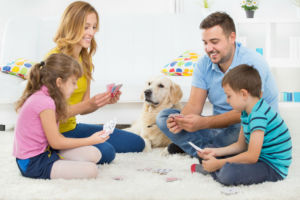
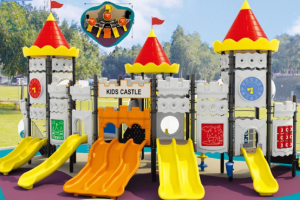
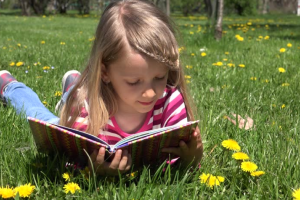
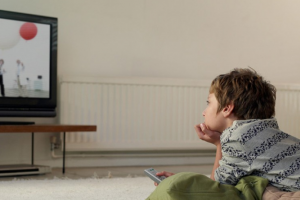
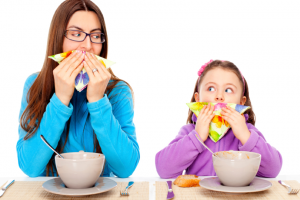
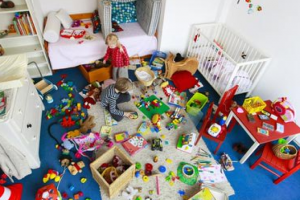

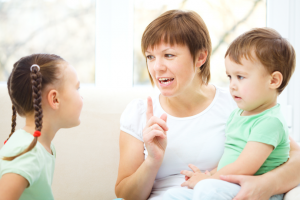
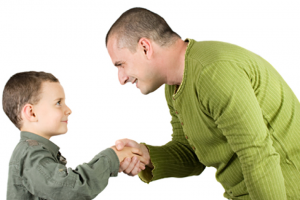






Leave a Comment